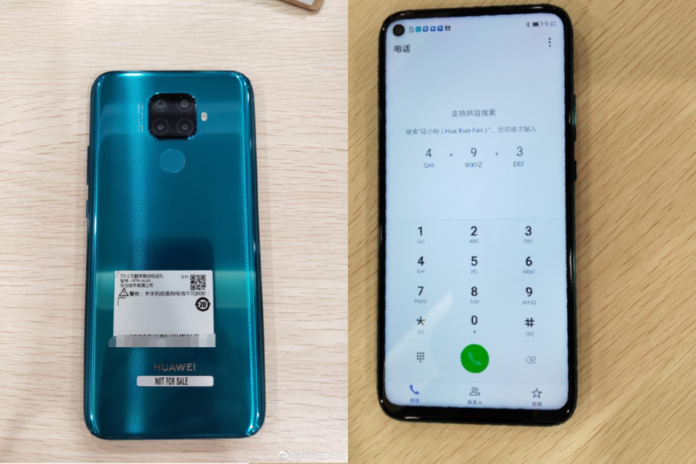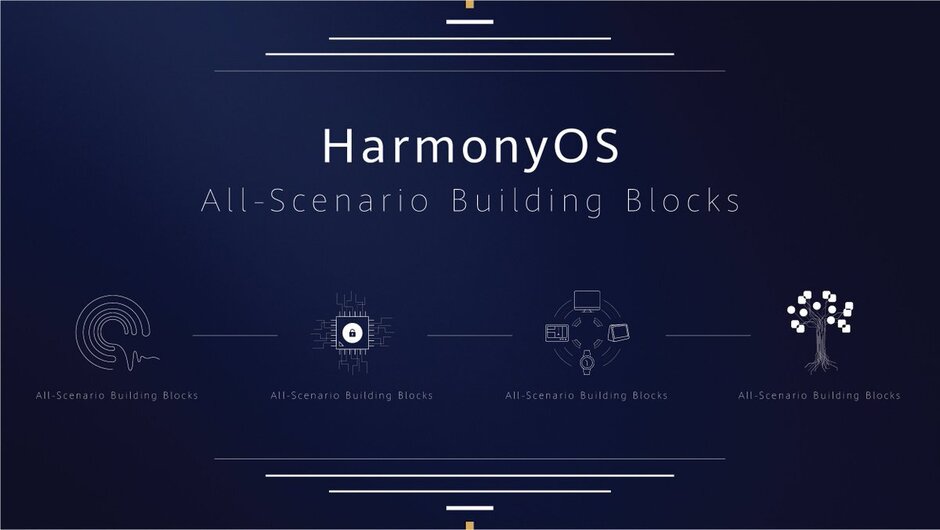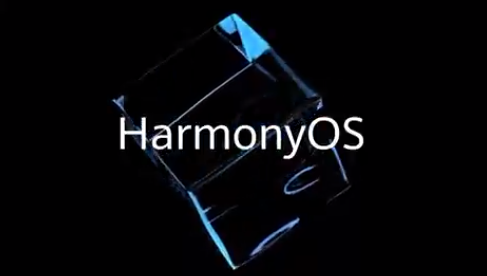Huawei unveiled the Harmony OS with much fanfare at the Huawei Developer Conference (2019) earlier today. The OS is primarily targeted at IoT products and is the company’s back up plan if it no longer can use Android on its smartphones. Huawei was careful NOT to directly market it as a replacement to Android but it did stress that it would use Harmony OS as its last resort for its smartphones.
Building a new OS from scratch is never easy and time and again we’ve seen examples of companies failing to gain traction from developers for a brand new OS. However, Huawei wants to take things slow and steady, starting with IoT products like the new Huawei Smart Screen that’s going to be unveiled tomorrow.
There’s a lot of stuff that was revealed about the OS at the event today, so we decided to compile 10 things you should know about Harmony OS so that you are updated about its most important features.
11. Harmony OS development began back in 2017
Huawei started working on the HarmonyOS as early as 2017. The company decided to speed things up in 2019 to power its smart screen products this year. The v1.0 will initially target smart display products, such as the Huawei Smart Screen to be unveiled tomorrow. In 2020, microkernel v2.0 will be released and subsequently, in 2021, the v3.0 will be available with added support for wearables.
The HarmonyOS v1.0 will still feature a Linux kernel alongside its own microkernel, but future versions, starting v2.0 will be completely based on its microkernel.
22. Huawei’s HarmonyOS is based on a light Microkernel unlike Android
Huawei’s HarmonyOS is microkernel-based, much like Google’s Fuchsia OS. This makes it more of a direct competitor to Fuchsia than Android. This design ensures that the new OS can be used on multiple types of devices at once. So, it’s meant to be a multi-device solution rather than a smartphone focused OS.
Unlike Linux kernels which have a relatively large amount of code in a shared address space, microkernels have a smaller amount of shared code and enable faster communication between its components.
33. HarmonyOS will not allow root access
Huawei confirms you won’t get root access on the Harmony OS. This has been done to avoid any future security concerns, which the company says is a security risk on Android and other Linux-based OSes.
44. HarmonyOS is primarily for IoT products
Huawei is targeting IoT products such as wearables, smart screen products, smart speakers, in-car entertainment units and other smart products for its new HarmonyOS. Smartphones are not really the priority but the company stresses that it is capable of replacing Android on its mobile devices.
55. Huawei smartphones can shift to HarmonyOS in just a couple of days
Huawei revealed that if the need arises, it can quickly shift to HarmonyOS on its smartphones. It will just take 1-2 days for the company to replace Android on its phones. That’s impressive yet scary at the same time!
66. Android Apps are not compatible out of the box
Huawei’s HarmonyOS won’t support Android apps out of the box. The company notes that ‘small changes’ need to be made to existing apps to ensure that it can run on its new OS. But it is possible to port Android, HTML5, and Linux apps over to HarmonyOS using Huawei’s ARK compiler, which is open source.
77. Huawei is building its own app store
Huawei is already busy building a replacement for the Google Play store. The company’s inhouse app store is called as Huawei AppGallery and it is already asking developers to publish their Android apps over on its own apps store as well. The company has even unveiled Huawei Mobile Services as an alternative to Google Play services.
88. Huawei’s Mate 30 series could use HarmonyOS
While Huawei stressed that HarmonyOS isn’t really targeted for smartphones, it could be forced to install the new OS on the upcoming Mate 30 series. The company has confirmed that the Mate 30 series models haven’t received Google Play certification yet. If the Huawei ban continues, the Chinese telecommunications giant could be forced to use HarmonyOS on the new models. There are already rumors that the Mate 30 Lite will be the first HarmonyOS running smartphone. Let’s wait and watch.
99. HarmonyOS will go Open Source sometime next year
Huawei is planning to make HarmonyOS completely open-source sometime next year. This could bring in companies like OPPO, Vivo, and Xiaomi to collaborate and develop the new operating system. US ban is currently a primary threat to Huawei, but it can extend to other Chinese companies as well. I’m sure they would want an alternative like HarmonyOS in case things go south.
1010. HarmonyOS will build its roots in China first

Huawei will lay the foundations of the HarmonyOS in the Chinese market, later expanding it to international markets. So, the first set of HarmonyOS products will be unveiled in China, starting with the Honor Vision Smart screen.
So, that’s everything you should know about the new HarmonyOS.
Let’s know if you think it can eventually replace or at least compete directly with Android for smartphones.




![10 Best Free Android Games in 2024 Best Free Android Games [2024]](https://www.gizmochina.com/wp-content/uploads/2024/04/Best-Free-Android-Games-2024-218x150.png)




